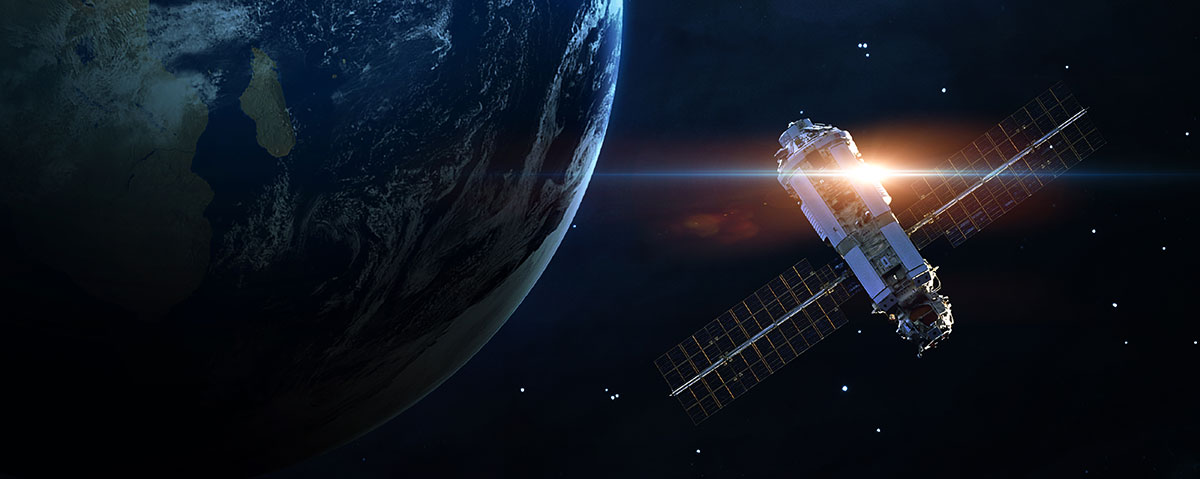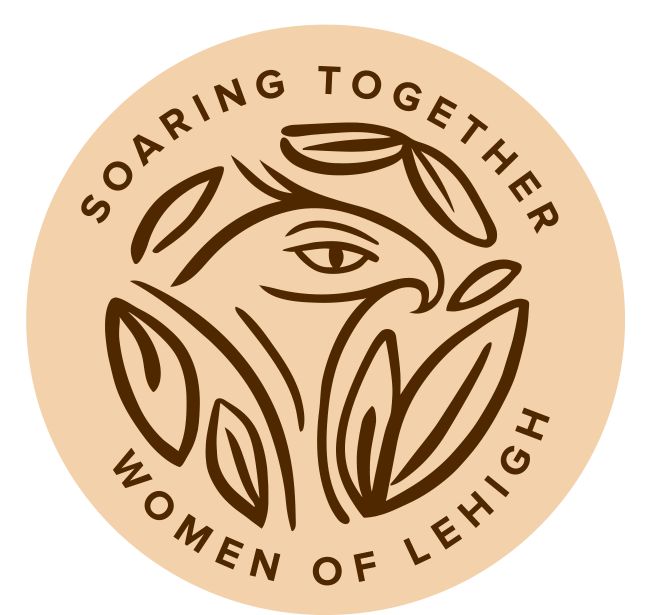
It’s the rare engineer who gets to conduct experiments in space. But the Rossin College now has three who will be doing just that.
A multidisciplinary trio recently received $400,000 from the National Science Foundation and the Center for the Advancement of Science in Space (CASIS) to fund their project studying thermophoresis in quiescent fluids for bioseparations. The team is led by chemical and biomolecular engineering professor James Gilchrist, and includes Xuanhong Cheng, a professor of bioengineering and materials science and engineering, and Kelly Schultz, an associate professor of chemical and biomolecular engineering. Their experiments will take place aboard the International Space Station (ISS) and are expected to launch in the next one to two years.
Thermophoresis is a natural phenomenon in which a temperature gradient causes particles to migrate. It’s used to separate molecules within a sample; for instance, to detect the presence of disease in bodily fluids or in air.
The problem is, no one really understands how it works. It’s an old problem, says Gilchrist, and one he joined forces with Schultz and Cheng to solve.
“I realized that we can track how the particles are moving,” he says. “They can move thermophoretically, but they can also jiggle, and tell us about the microenvironments. That allows us to know what the fluid around the particles is doing while it’s migrating.”
The team soon learned what made the problem so intractable: gravity.
“As you heat something up, or cool it down, its buoyancy changes and it causes this recirculation,” says Schultz. “So you wouldn’t get this concentration on one side because the particles are constantly recirculating.”
Their answer? Propose experiments to be conducted on the ISS.
The team has designed 12 such experiments that will take place inside a roughly 18-inch cubed “lab in a box,” that they’ll control from the ground.
It’s safe to say that all three engineers are over the moon about this opportunity. And it’s one they couldn’t have secured working as individuals.
“We have very different, and very complementary skills,” says Cheng. “Jim is the expert in transport phenomena. He’s very good with theory development. Kelly is an expert in microrheology and complex fluids. My interest is more on the application side. And I never thought that as a biomedical engineer, my research would ever have any connection to space. These interdisciplinary projects not only present fantastic opportunities, but have given me so much new knowledge and insight into things. There’s always more science behind the phenomena in life.”

